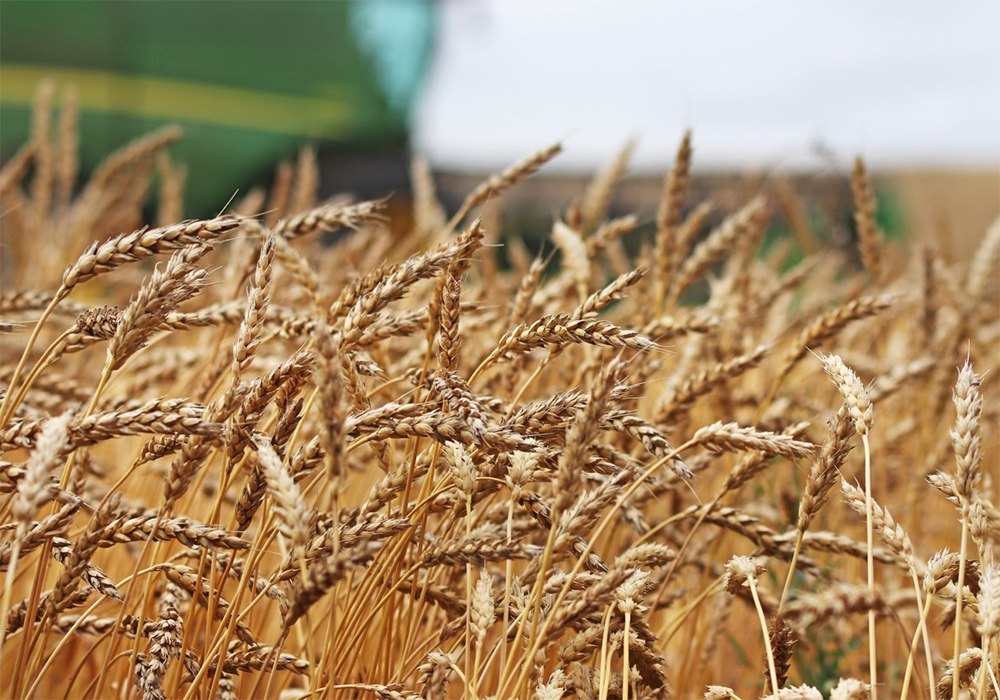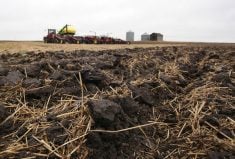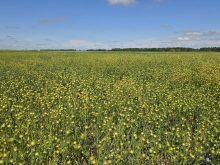Fund money is flowing back into the grain and oilseed sectors after a six-month exodus, and that should help keep prices propped up for a while, say analysts.
“It’s starting to come back in very small doses,” said Darin Newsom, president of Darin Newsom Analysis Inc.
A lot of investment money began exiting grain and oilseed futures markets in mid-April as investors found more attractive options such as lumber, energy and coffee.
Read Also

Fertilizer method’s link to emissions studied
A researcher says others studying greenhouse gas emissions aren’t considering how the loss of nitrogen into the atmosphere correlates with fertilizer application or if there is an impact to yield.
Now that they have milked those commodities their attention is turning back to grain such as spring wheat and oats.
Those two markets have inverted forward curves, in which nearby futures contracts are higher than the deferred contracts, an obvious signal that they are fundamentally bullish markets.
The funds appear to be “picking and choosing” agricultural commodities and haven’t taken huge positions in any of those markets just yet.
“The next obvious one would be corn,” said Newsom.
Corn futures are not inverted, but the spreads are still bullish, much more than they are for soybeans.
He believes fund managers are just biding their time because they know harvest is still underway and there is no rush.
“They’ve still got energies screaming all over the place, so they can play over in other arenas while keeping an eye on what’s going on over in the playground of grains and oilseeds and then jump back in when it’s time,” said Newsom.
Arlan Suderman, chief commodities economist with StoneX, has also noticed fund money flowing back into agriculture since late-September.
He believes it is “inflation trade” driven by anxious investors who are becoming increasingly nervous about rising inflation rates.
They want to invest in the key commodities that comprise the consumer price index and are driving rates higher.
“Why not own those base products? That’s kind of the philosophy,” he said.
A variety of commodity indexes are at seven- to 11-year highs reflecting that increased investor interest.
“Those commodities that have the strongest story get more money than those that have the poorest fundamental story,” said Suderman.
The winners include crude oil, Minneapolis wheat and vegetable oils.
Investors are aware of the shortage of spring wheat due to disappointing crops in Canada and the United States and have been following the record or near-record prices for palm, soybean and canola oil.
He believes the influx of this inflation trade will help sustain the bull run that has been occurring with important Canadian crops such as spring wheat and canola.
Newsom disagrees with that assessment of the markets.
“It’s a fundamentals play. It has nothing to do with inflation,” he said.
But both analysts concur that fund money is definitely starting to reappear, which bodes well for grain and oilseed markets.
Newsom thinks the market highs were set in May and won’t be revisited.
However, prices should remain strong this winter and maybe into spring before tailing off, in part due to what he anticipates will be a strengthening U.S. dollar in 2022.
He is somewhat concerned about spring wheat prices, however, because money managers may soon decide they have ridden that horse as far as it will go and switch to investing in corn instead.
Contact sean.pratt@producer.com


















